Taiwan Oolong tea also known as Formosa Oolong, loaded in antioxidants and is known to boost the metabolism it contains small amounts of calcium, magnesium, and potassium. It is a beloved type of tea appreciated worldwide for its diverse flavors and high quality.
Oolong tea is made from the Camellia sinensis plant. Its dried leaves and leaf buds are used to make several different teas, including black and green teas. Oolong tea is fermented for longer than green tea, but less than black tea. It contains caffeine which affects thinking and alertness.
Taiwanese Oolong tea, also known as Formosa Oolong, is renowned for its exceptional quality, diverse flavors, and meticulous craftsmanship. Oolong tea production in Taiwan dates back centuries, and the island is celebrated for producing some of the world’s finest Oolong teas. Here’s an overview of Taiwanese Oolong tea:
- Origin: Oolong tea cultivation in Taiwan began in the 19th century when Chinese tea plants were introduced to the island. Taiwan’s unique terroir, which includes high-altitude tea-growing regions, fertile soil, and a subtropical climate, provides ideal conditions for cultivating high-quality Oolong teas.
- Varieties: Taiwan produces a wide range of Oolong teas, each with its own distinct flavor profile and characteristics. Some popular varieties include Dong Ding (Tung Ting), Alishan, Lishan, Shanlinxi, Oriental Beauty (Bai Hao), and Tie Guan Yin (Iron Goddess). Each variety may vary in oxidation level, roast, and processing methods, resulting in diverse flavors and aromas.
- Processing: Taiwanese Oolong teas undergo complex processing methods that involve withering, bruising, oxidation, and firing or roasting. The level of oxidation and roasting can vary depending on the desired style of the tea. Oolong teas may range from lightly oxidized with floral and vegetal notes to heavily oxidized with rich and toasty flavors.
- Flavor Profile: Taiwanese Oolong teas offer a diverse range of flavors, including floral, fruity, creamy, buttery, nutty, and toasty notes. The flavor profile can be influenced by factors such as the tea variety, altitude, climate, soil, and processing techniques. High-mountain Oolong teas, grown at elevations above 1,000 meters, are prized for their complex flavors and aromatic qualities.
- Aroma: Taiwanese Oolong teas boast captivating aromas that enhance the overall drinking experience. The aroma can vary depending on the tea variety and processing methods but often includes floral, fruity, and creamy notes, with hints of roasted or toasted undertones.
- Health Benefits: Like other teas, Taiwanese Oolong tea contains antioxidants and other beneficial compounds that may offer various health benefits, including improved heart health, enhanced metabolism, increased mental alertness, and reduced risk of certain diseases.
- Brewing: Taiwanese Oolong teas are best brewed using lower water temperatures (around 185-195°F or 85-90°C) and multiple short infusions to fully extract the complex flavors. The exact brewing parameters may vary depending on the specific tea variety and personal preferences.
Overall, Taiwanese Oolong tea offers a delightful and rewarding drinking experience, with its diverse flavors, aromatic qualities, and cultural significance. Whether enjoyed as a single-origin tea or as part of a tea ceremony, Taiwanese Oolong teas continue to captivate tea enthusiasts around the world with their exceptional quality and craftsmanship.

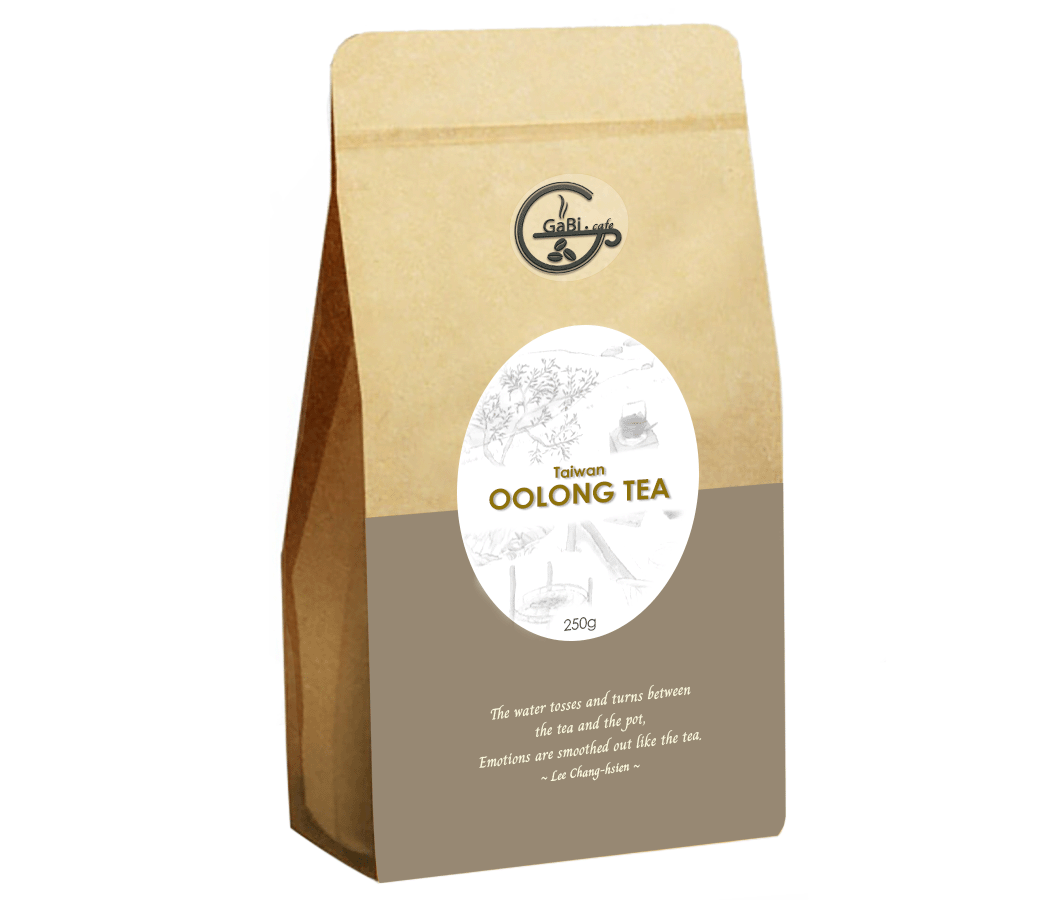
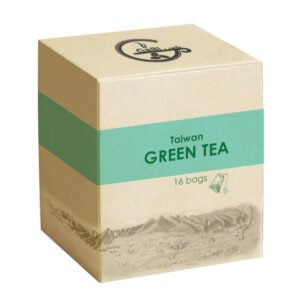
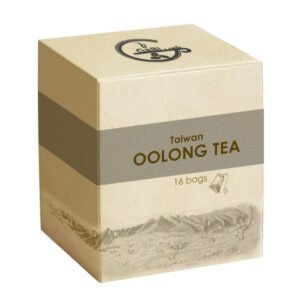
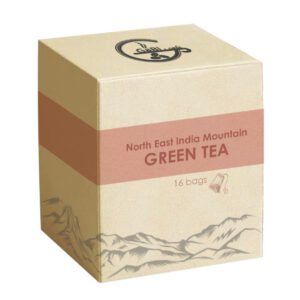
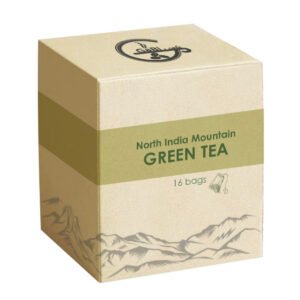
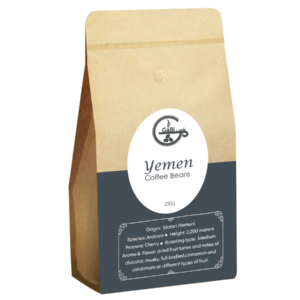
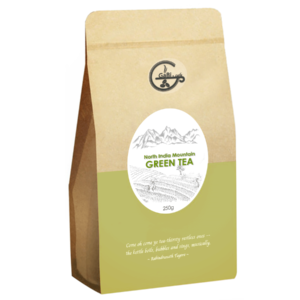

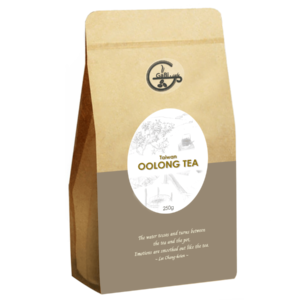
Reviews
There are no reviews yet.